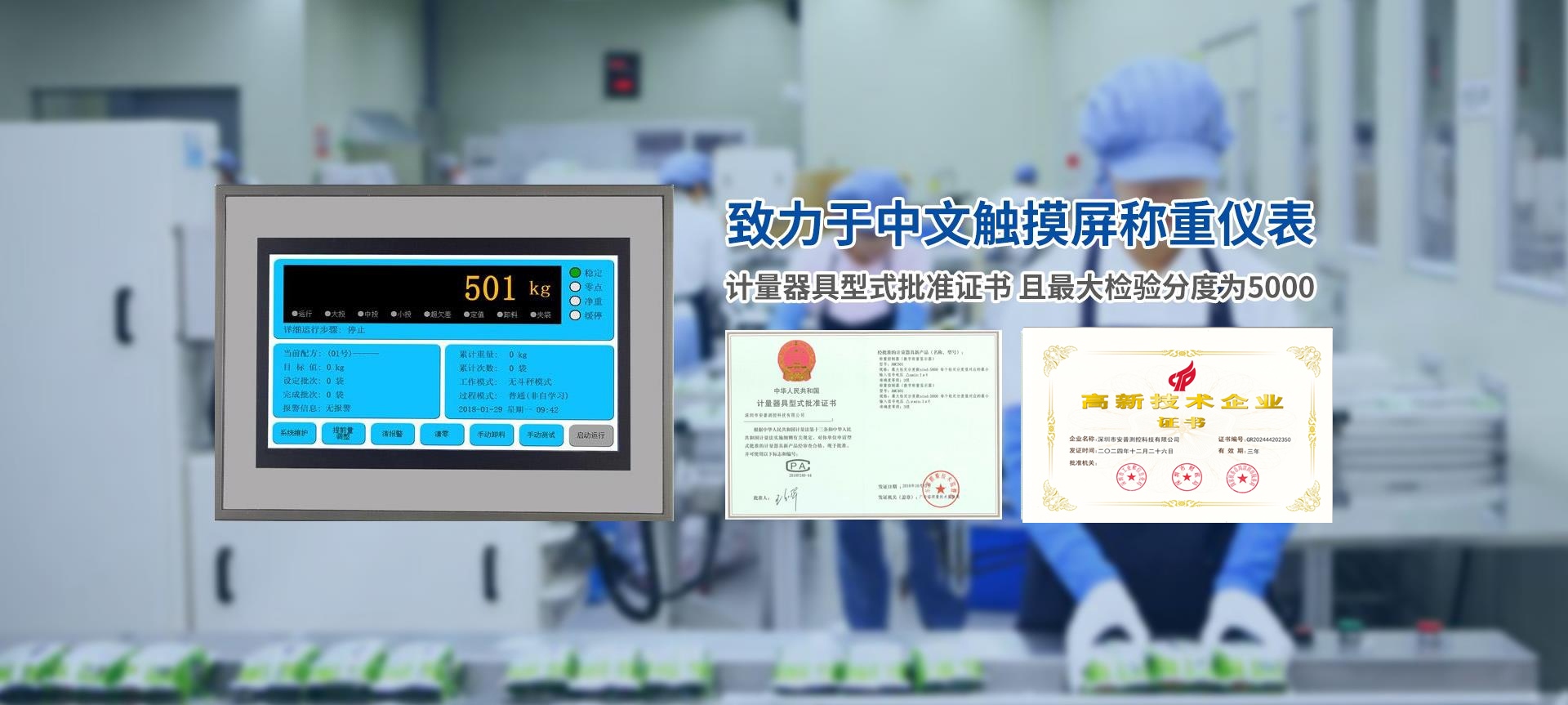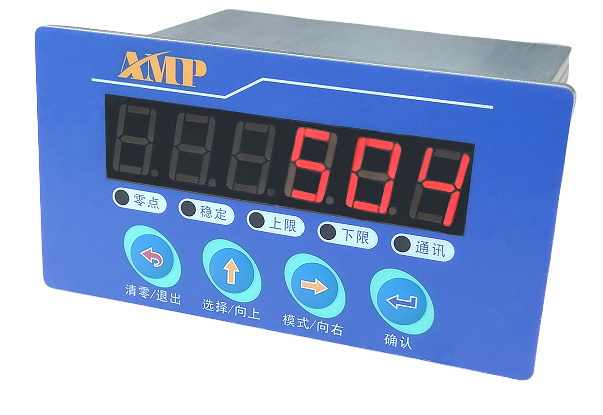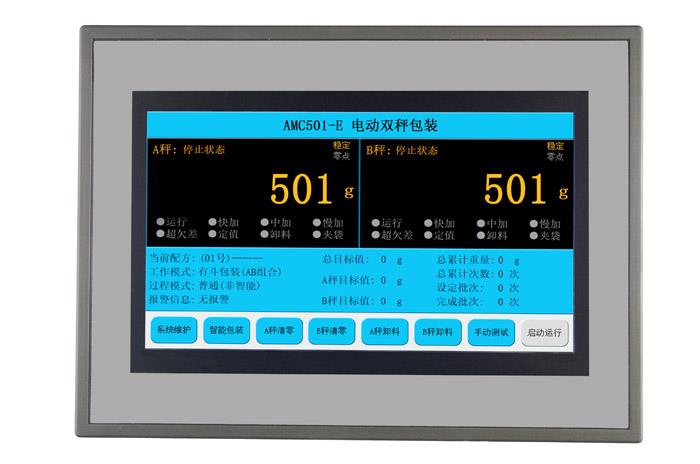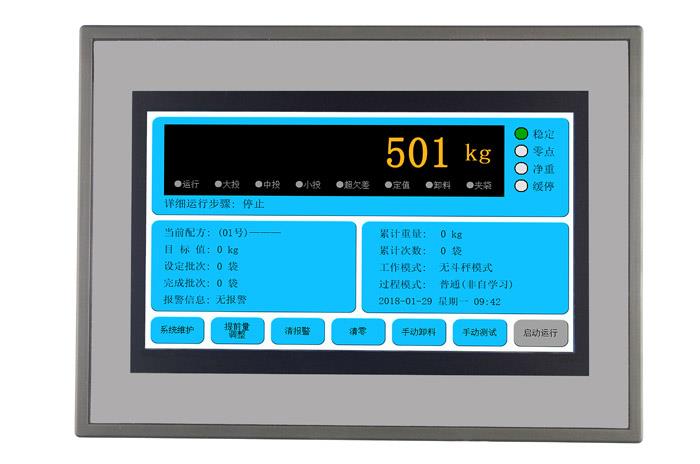
2019-09-22
Force measuring instrument is a kind of transmitter commonly used in industrial weighing process. It is widely used in data acquisition, signal transmission and conversion, distributed weighing control system and batching system. It is mainly used in cement, concrete, glass, paper, In plastics, chemical industry, metallurgy, non-ferrous metal, cotton spinning, testing machine and other industries, it transmits, displays and detects weighing material level, weight load, tension and tension signals.

If the space electromagnetic field in the field is suddenly affected or changed, resulting in a large amount of induced potential in the bridge network or signal transmission line, the output of the force measuring instrument will fluctuate. and other aspects to take measures to reduce or eliminate the impact on the sensor.
Fault Diagnosis and Analysis of Force Measuring Instruments in Use
The failure phenomenon of the force measuring instrument is always displayed on the terminal display instrument of the system. After the failure phenomenon occurs, do not disassemble the force measuring instrument blindly, and use the corresponding method to find the fault point. Whether it is the complex electronic weighing instrument and measuring instrument used in engineering The force system, or the test device used in the laboratory, is composed of one or more sensors, mechanical devices, system intermediate junction boxes, transmission cables and test instruments. When the field controller diagnoses the failure of the sensor pressure sensor, the failure should be determined first. From which link of the measurement system. The following methods can be used:
1. Check the installation status of the mechanical device, find and eliminate obvious mechanical failures;
2. Use the same type of small high-precision sensors with different measurement ranges as the standard signal generator to measure and judge whether the display is faulty;
3. Open the intermediate junction box, use ordinary instruments to detect the working status of each sensor separately, and determine whether the sensor has a faulty angle sensor.
4. Use the electrician's 3-meter or shaking meter to check whether the cable is injured. Use the above method to narrow down the fault range and find the faulty sensor of the dynamometer. Further test and analyze the faulty sensor to keep abreast of the operation when the fault occurs. This This is very important, because the failure caused by the sensor is usually related to factors such as illegal operation or abnormal mechanical equipment or changes in the usage environment.

1 10, 2025

1 10, 2025